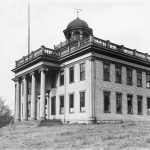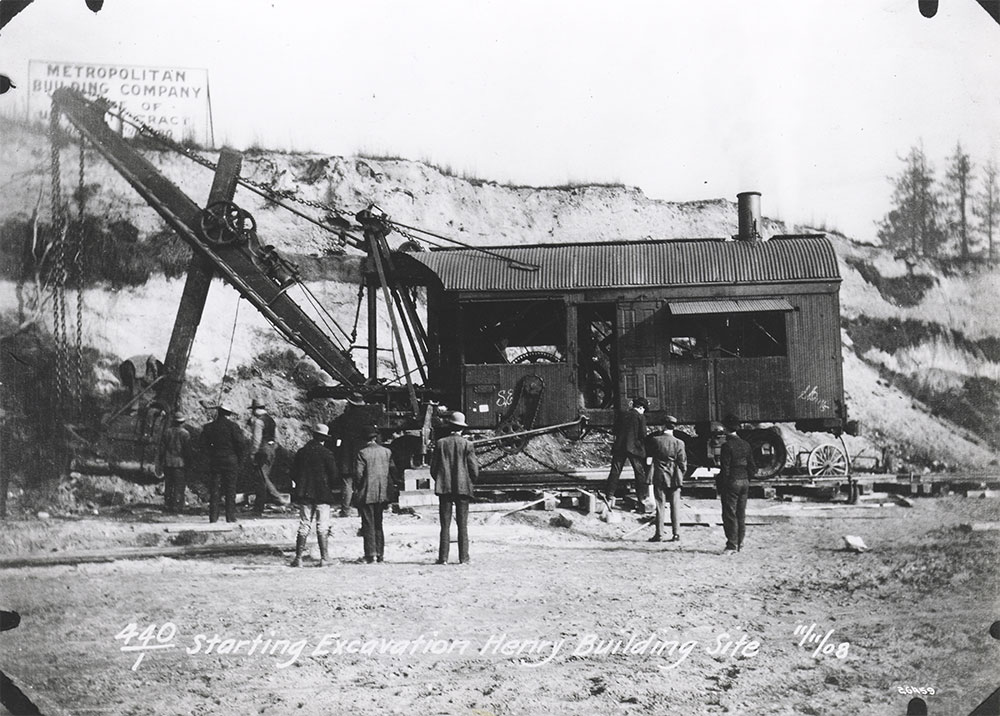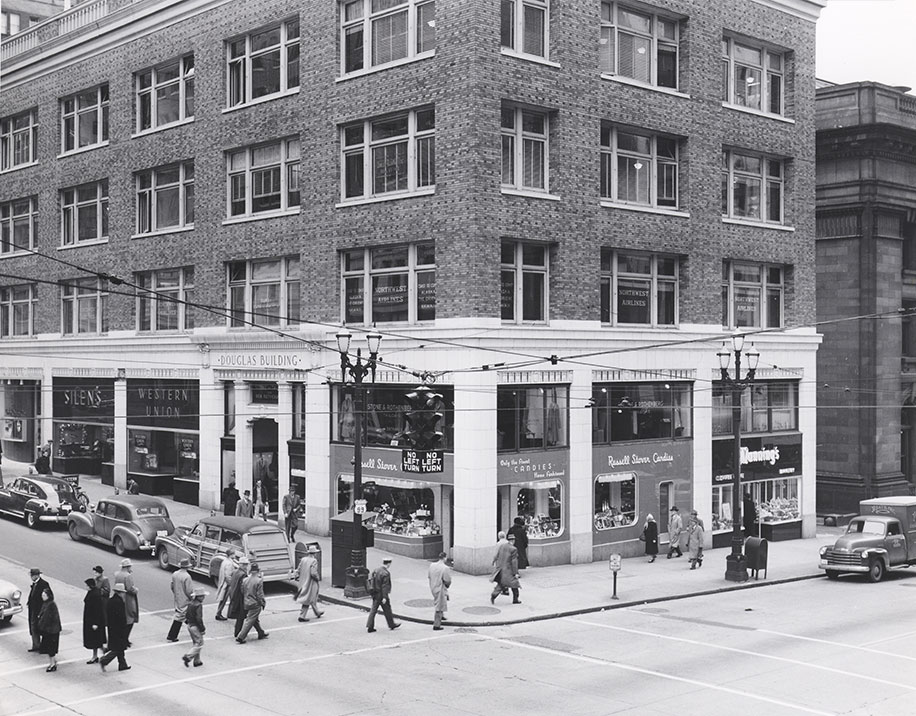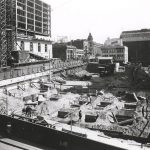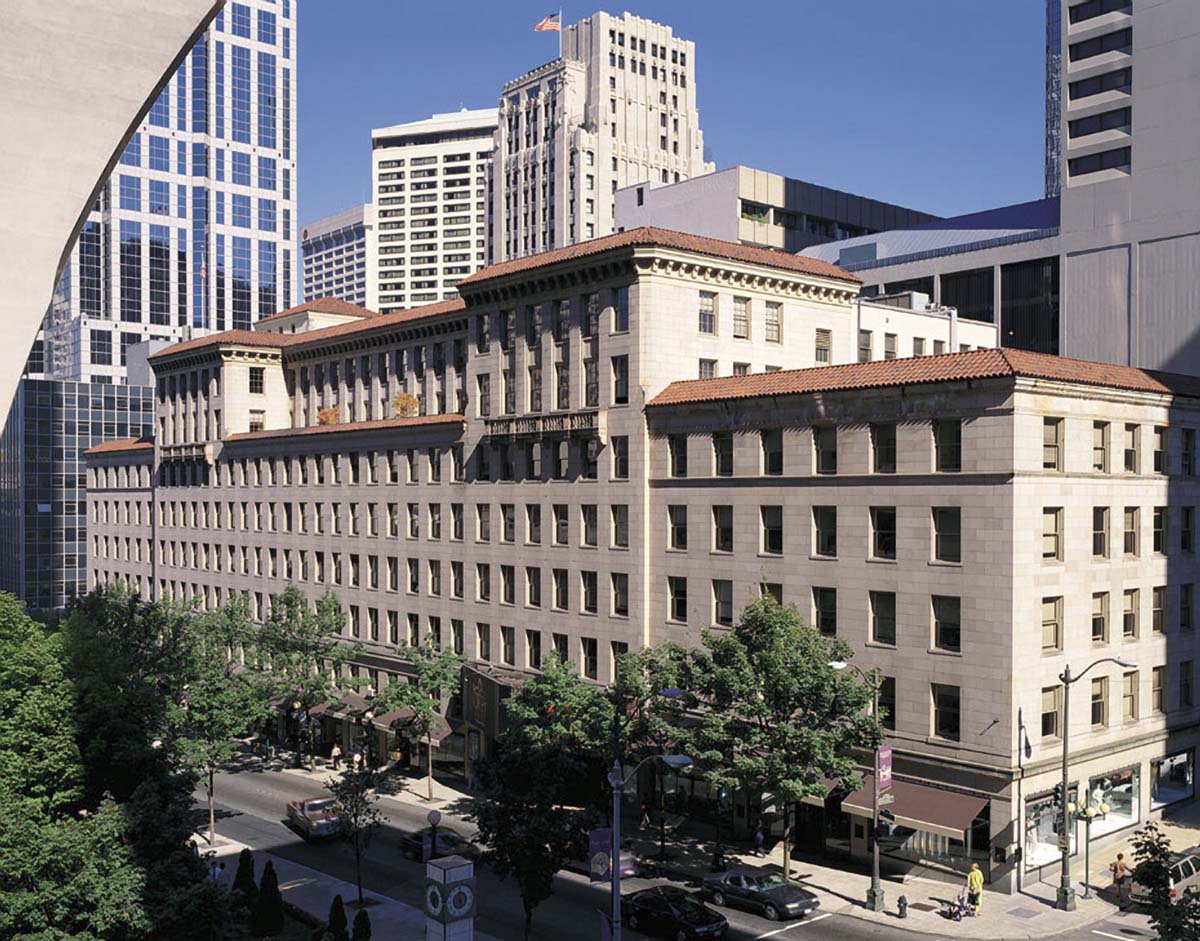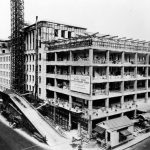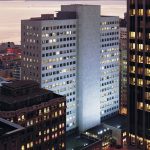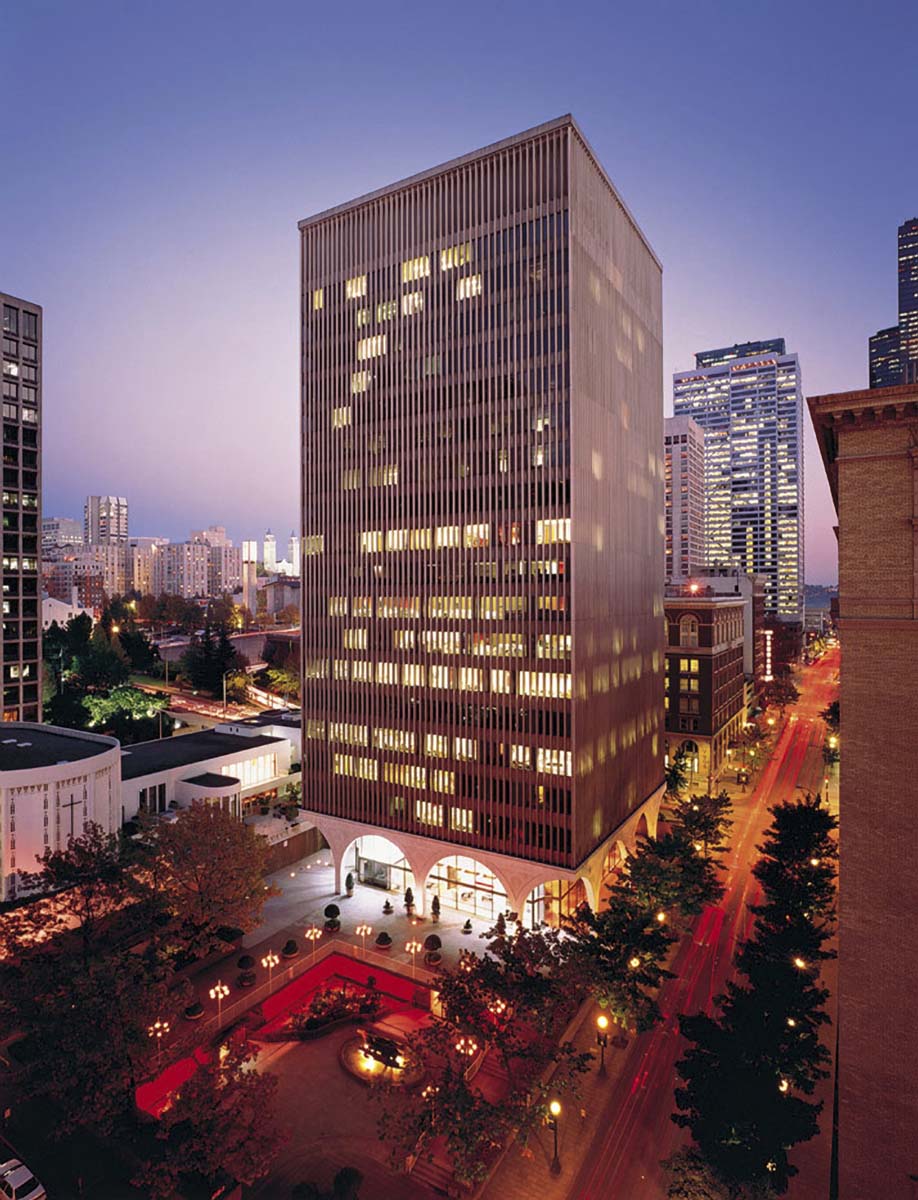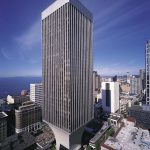History of the
Metropolitan Tract
The University of Washington, then known as the Territorial University, was established through the leadership of Arthur Denny and Reverend Daniel Bagley, a Methodist preacher. Denny donated a forested 8-acre knoll outside the then-village of Seattle. Fellow pioneers Edward Lander and Charles Terry donated an adjoining two acre, for a total 10-acre campus.
Signs of the settlers can be found across Seattle with Denny Way, Terry Avenue, Bagley Avenue and Lander Street bearing their names.
1861
New State Needs a University
The University of Washington, then known as the Territorial University, was established through the leadership of Arthur Denny and Reverend Daniel Bagley, a Methodist preacher. Arthur donated a forested 8-acre knoll outside the then village of Seattle. Fellow pioneers Edward Lander and Charles Terry donated an adjoining two acres, for a total 10-acre campus.
Signs of these settlers can be found across Seattle with Denny Way, Terry Avenue, Bagley Avenue and Lander Street bearing their names.
1861
New State Needs a University
The University of Washington, then known as the Territorial University, was established through the leadership of Arthur Denny and Reverend Daniel Bagley, a Methodist preacher. Arthur donated a forested 8-acre knoll outside the then village of Seattle. Fellow pioneers Edward Lander and Charles Terry donated an adjoining two acres, for a total 10-acre campus.
Signs of these settlers can be found across Seattle with Denny Way, Terry Avenue, Bagley Avenue and Lander Street bearing their names.
1894
The University Moves
In 1894, the University of Washington relocated to its present day site on the shores of Lake Washington. The Board of Regents considered selling the 10-acre campus but ultimately decided to maintain ownership of the downtown land and awarded a ground lease to develop and manage what came to be known as the Metropolitan Tract.
In 1907, the Metropolitan Building Company was awarded the ground lease. During the next forty-seven years, the White-Henry-Stuart, Cobb, Stimson and Skinner Buildings as well as the Metropolitan Theatre and Olympic Hotel and Garage were built.
1907
Douglas Building
First known as the Post-Intelligencer Building, the four-story office housed Seattle’s daily morning newspaper and served as the starting point for all future development. After a refurbishment in 1921, the building came to be known as the Douglas Building until it was demolished in 1956 to make way for Puget Sound Plaza.
Address: 1340 4th Avenue (4th and Union)
1909
White-Henry-Stuart Building
The White Building was the first ground-up development on the 10-acre site completed in January 1909. By the end of 1909 the Henry Building was also erected and the Stuart Building, the third of the trio, was completed in 1915.
Although the three buildings were constructed at different times, they were designed with a coordinated Beaux Arts facade that created the appearance of a single structure. When the building was demolished in 1974 to make way for Rainier Plaza, several of the 16 Native Chiefs sculptures were salvaged and can be found in public spaces around Seattle including the Fifth Avenue underground concourse.
Address: 400 University Street
1910
Cobb Building
The Cobb Building is the only surviving building along Fourth Avenue of the original developments by the Metropolitan Building Company. The Cobb was the West Coast’s first building designed specifically for physicians and dentists, and made news for its high-speed elevators. In 2006, the 10-story building was refurbished into a luxury apartment building with 92 units.
Address: 1301 Fourth Avenue
1924
Fairmont Olympic Hotel
Originally named The Olympic Hotel, the 12-story luxury hotel was the social center for Seattle’s high society following World War I. The lavish architectural exterior and interiors solidified its reputation as the “grandest inn west of Chicago” with a nightly rate of $3.50.
Throughout the decades, U.S. presidents, political activists and celebrities such as John F. Kennedy, Dr. Martin Luther King Jr. and John Wayne have been guests.
Address: 411 University Street
1925
Stimson Building
The seven-story Stimson Building was also designed for medical and dental office use like the Cobb Building. Both buildings were connected by an underground pedestrian concourse. In 1972, the Stimson Building was demolished to make way for the present day Financial Center.
Address: 1215 4th Avenue
1926
Skinner Building
Originally designed as a “motion picture, office, and studio building,” the eight-story Skinner Building replaced the aging on-site Hippodrome Building. Notable features included an office suite concept and a 3,000 seat motion picture theatre, the 5th Avenue Theatre. In 1980 the theatre interior was restored and modified to accommodate performing arts. Over the century, the Skinner Building has been home to many successful local and international businesses.
Address: 1326 Fifth Avenue
1954
Unico Properties
The University of Washington signed a 35-year lease with Unico Properties for the 10-acre Metropolitan Tract. Over the following decades, Unico developed high-rise office buildings with retail space including Puget Sound Plaza, IBM Building, and Financial Center. In 1976, the lease was extended to 2014. During that time Rainier Tower and Rainier Square were constructed and the 5th Avenue Theatre was refurbished.
1960
Puget Sound Plaza
Puget Sound Plaza marked the first high-rise office development within the Metropolitan Tract. Demolition of the Douglas Building made way for the new 21-story, 275,000 square foot office and retail development, which was originally named the Washington Building, and later renamed to Puget Sound Plaza.
In today’s Key Bank location was one of Seattle’s most upscale dining establishments, the Dublin House. The Dublin House was featured on postcards for the 1962 Seattle World’s Fair as one of the “…greatest places that ever happened to people.”
Address: 1325 4th Ave
1964
IBM Building
The architecturally bold, 20-story, 225,000 square foot IBM Building features 12 graceful stone arches that enclose a spiral staircase and glass lobby. The design was led by legendary architect Minoru Yamasaki, a Seattle native and University of Washington graduate.
The structural design for the IBM Building served as a prototype for Minoru’s most well-known project—the World Trade Center, also known as the “Twin Towers” in New York City.
Address: 1200 Fifth Avenue
1972
Financial Center
In 1972, the 30-story Financial Center was built on the location of the old Stimson building. The new tower provided 300,000 square feet of office space with a subterranean garage.
During construction, it was discussed that Great Northern Railroad had a tunnel that ran under the southwest corner of the property which still runs today. Two caissons, the largest in the world at that time, were required in order to support the new building.
1977
Rainier Tower
Rainier Tower is one of the most striking architectural buildings in Seattle and, like the IBM Building, was designed by Minoru Yamasaki. Demolition of the White-Henry-Stuart Building made way for the modern Rainier Tower and the surrounding shopping plaza. Underground pedestrian concourses connect Rainier Square to the Skinner Building and One Union Square.
Address: 1301 5th Ave
2021
400 University
In 2014 the University of Washington selected Wright Runstad & Company to redevelop 400 University and Rainier Square as part of an 80-year ground lease.
400 University, a 10-story, 122,000 square foot office tower, was originally conceived as a hotel. The project was later repositioned as a “side-core” office building and broke ground in summer 2020. Construction was substantially complete within 12 months.
Address: 400 University Street
2021
Rainier Square
Rainier Square, the second-tallest building in Seattle, is a towering mixed-use project with 733,000 square feet of office space; 79,000 square feet of podium-level retail space; and 189 apartments built higher above the street than any other residence in the city. Architecturally, its shape complements and pays tribute to Minoru Yamasaki’s Rainier Tower, and structurally, it employs a first-of-its kind composite core that reduced the construction schedule by nine months.
Address: 401 Union Street











